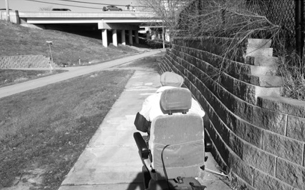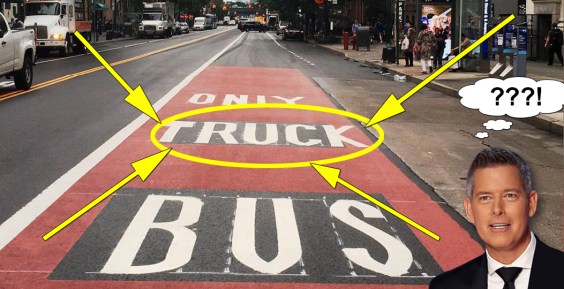Why do neighborhood groups -- especially in low-income areas -- have such a hard time influencing the design of major road projects? An interesting case study from the University of Colorado-Denver sheds some light.

To examine the barriers to incorporating public health principles into transportation planning, researchers studied the Allied-Dunn's Marsh neighborhood in Madison, Wisconsin, a disadvantaged but organized community.
Locals spent years preparing for the redesign of Verona Road, a wide street that carries 50,000 to 60,000 vehicles daily. Although Verona is a major, high-traffic road in the federal highway system, it functions not only as a thoroughfare for vehicles but also a community space, with residential development and neighborhood-serving businesses on both sides.
The study found that neighborhood residents had many concerns about the road, including difficulty and danger of crossing it, and that it was noisy and blighted. But they weren't very successful at winning support for proposals that would address those concerns.
"Their main concerns were excluded," authors Carolyn McAndrews and Justine Marcus wrote, "even if some of their ideas were adopted."
The planning process itself -- led by the state, which produced the official Environmental Impact Assessment -- presented three major barriers for residents of the neighborhood:
1. Many neighborhood-level concerns weren't even formally considered at all -- by design.
State and federal protocols that governed the planning process were designed to exclude many local concerns. Questions like which land uses would surround the road were considered tangential.
"Federal and state transportation planning requirements, particularly those associated with environmental impact assessment, controlled the forum for public participation, and constrained the types of concerns that could be discussed in the forum," researchers wrote.
Neighborhood concerns that officials considered to be outside the scope of the project were not addressed.
2. Political power was organized around regional -- not neighborhood -- interests.
In the Verona Road planning process, key decision-making agencies subordinated neighborhood improvement goals to regional objectives.

Neighborhood residents were welcome to share their concerns during the public planning processes. "Yet, when any of the neighbors’ desired changes conflicted with the project’s regional mobility objectives, or acknowledged possible inequalities, they were dismissed."
The researchers said that most major decisions -- to classify the project as a key regional arterial, for example -- occurred before the formal planning process and neighborhood engagement effort began. Those state planning processes did not include neighborhood representatives. By the time neighborhood groups had a chance to weigh in, it was too late for them to frame Verona Road as an important neighborhood space.
"Ultimately, the Verona Road project maintained its mission to solve regional mobility problems, and never became a serious opportunity to mitigate the negative local effects of traffic," the authors write. "The local concerns did not have sufficient political support."
3. No agency or group was equipped to bridge the gap between neighborhood and regional concerns.
Who would benefit from the road project? And who would suffer its negative impacts?
Those are legitimate questions. But according to researchers, "there was no forum in which this conversation could happen, nor were planning techniques or analyses used that would relate local and regional transportation impacts or needs."
To better incorporate public health improvements into transportation planning, either a stronger regional emphasis on local impacts and public health is needed, or better state and federal laws, the researchers concluded.
"Existing transportation planning processes that are structured around federal and state requirements," they wrote, "are not successful forums for addressing the impacts of arterial roads on environmental justice communities."





